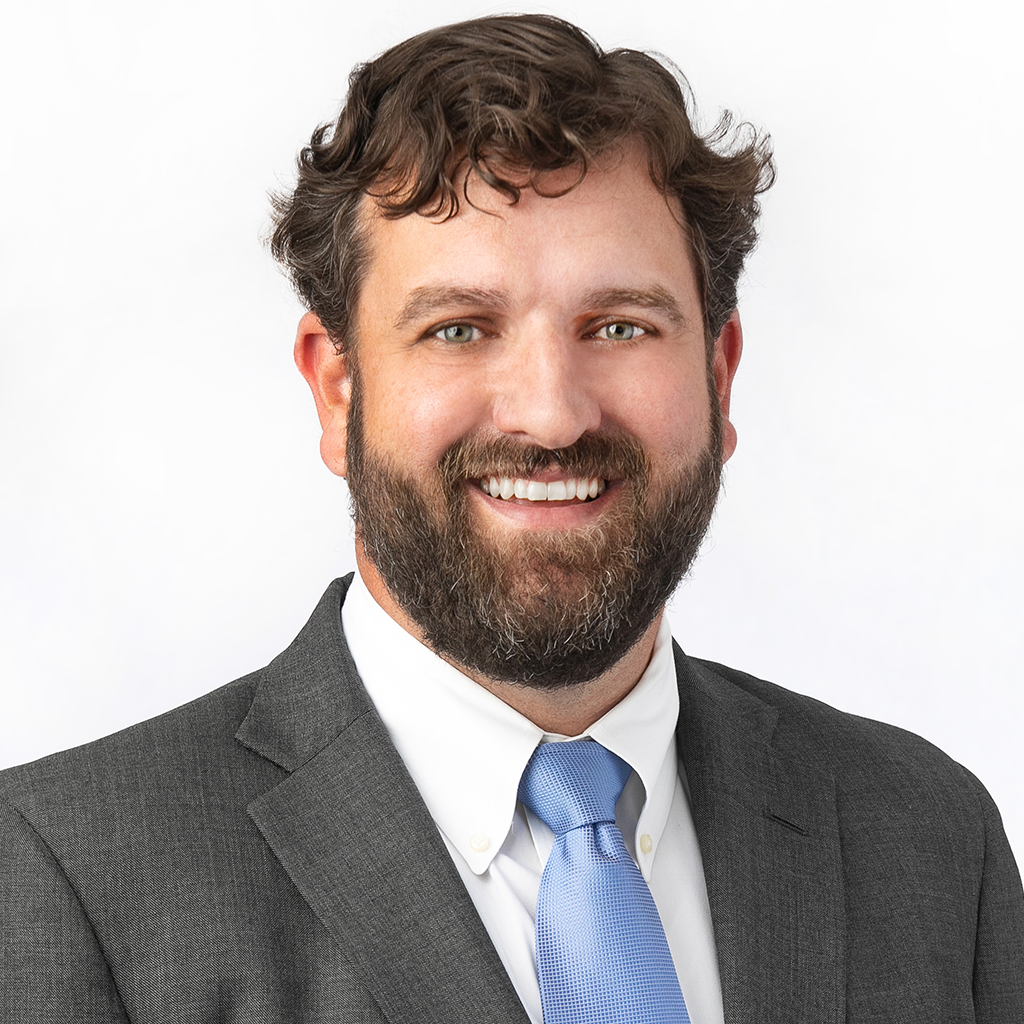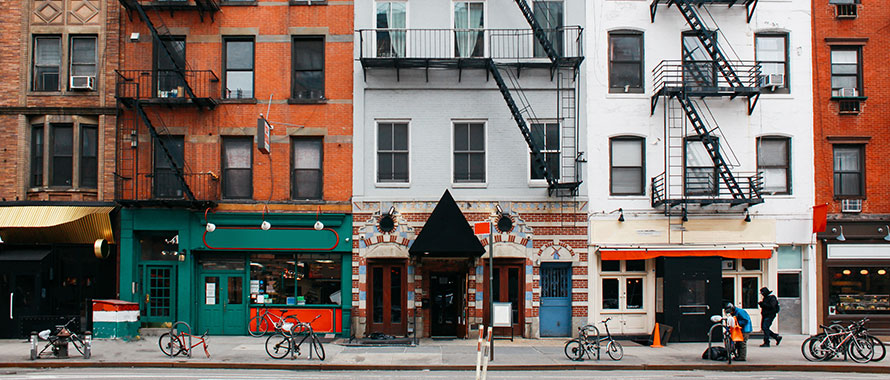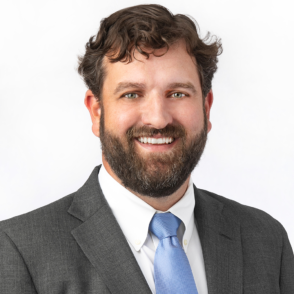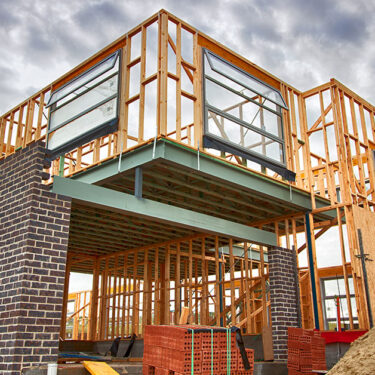Residents of a New York City apartment building are claiming in a lawsuit that construction on a neighboring office building caused their property to sink almost an inch into the ground, leading to cracks and separation in multiple apartment units and forcing some residents to move out, Commercial Observer recently reported.
Filed in New York County Supreme Court by the 210 Forsyth Street Housing Development Fund Corporation, the lawsuit seeks $2 million for unpaid damages and fees and names the project’s developer, general contractor, construction manager, and engineer.
According to the publication, problems began soon after breaking ground in 2019 at the Lower East Side location, the former site of the Sunshine Cinema theater, prompting a stop-work order to be issued. Construction reportedly resumed in early 2020, but the residents claim the damage — which they allege “significantly compromised the integrity” of their building — was never paid for.
Featured Solutions
Defending against this type of lawsuit and paying for any needed repairs could be covered by a design firm’s Architects & Engineers Professional Liability Insurance, also known as Errors & Omissions Insurance, said Matt Baxter, Vice President, Broker, Professional Liability, Burns & Wilcox Brokerage, Atlanta, Georgia. “Initially, there are going to be legal costs all the way down until they can start weeding out who was actually at fault — and that is going to be expensive,” he said. “Everybody is going to be touched by something like this.”
Geotechnical investigation is a critical step in construction projects
Over a year after the deadly collapse of the Champlain Towers South condo building in Surfside, Florida, investigations into the cause of the disaster are still ongoing, with possible theories pointing to poor construction, bad design or faulty materials, CBS News reported Nov. 13. In June, a judge approved a $1.2 billion settlement for the victims after multiple families filed a class-action lawsuit against the city and various companies involved in the design and maintenance of the building, CNN reported.
“That resulted in massive claims. I believe there were cracks and fissures spotted in the building, at the time, that were reported but nothing further was done,” said David Eudy, Associate Vice President, Director, Excess Casualty, Burns & Wilcox, Detroit/Farmington Hills, Michigan. “That is obviously a very hot topic in insurance and construction.”
In San Francisco, California, a $100 million retrofit project intended to stop the high-rise, mixed-use Millennium Tower from further sinking and tilting was being revamped in July after the building’s leaning accelerated during the fix, NBC Bay Area reported.
For many construction projects, a geotechnical report is a necessary early step to ensure the ground can support the planned development. “Generally speaking, geotechnical investigation and reporting is clearly becoming a much higher-profile component of the overall construction project,” Eudy said. “Possible deficiencies or problems due to inadequate investigations, analysis or design have the potential to create highly vertical claim scenarios.”

Geotechnical engineering is an extremely high-hazard class of business for engineers.
Some experts believe that despite new technologies, geotechnical engineering failures will “increase in the forthcoming decades” as higher and heavier buildings are constructed and population growth pushes more development into areas previously considered problematic, a 2016 report presented at the Proceedings of the International Conference on Forensic Civil Engineering noted.
“Geotechnical engineering is an extremely high-hazard class of business for engineers,” Baxter said, with extreme losses possible when mistakes are made. Potential impacts on neighboring buildings must always be taken into consideration, as well. “It is a risk that comes with this type of development,” he said.
Design errors can lead to severe losses, exceeding standard insurance limits
Architects & Engineers Professional Liability Insurance is intended to cover the financial damage resulting from a professional’s mistakes, and can help pay for legal defense, regulatory penalties, rectification costs for flaws found mid-project, and other expenses. Due to the high potential severity in the construction industry, many design professionals will also need to purchase Excess Liability Insurance to obtain higher limits than their standard policy provides.
“Large construction projects in urban areas create much greater risk of third-party liabilities,” Eudy said, noting that complex urban projects often require layers of Excess Liability Insurance through multiple carriers to secure up to or more than $100 million in limits. “With large urban construction projects, especially in New York City, there is no such thing as too large an Excess Liability Insurance tower, and for that reason most experienced developers will buy as much limit as the marketplace is willing to offer.”
To obtain these additional liability limits, insurance carriers will “thoroughly vet all parties involved in the project — developers, general contractors and construction managers — to verify each has a proven track record of success with projects of similar complexities and size,” Eudy said.
Excess Liability Insurance is an important way to provide “extra protection for the insured,” Baxter added. If an engineer carried a $5 million Professional Liability Insurance limit, for example, a serious construction flaw “could easily turn out to be double or triple that amount,” he said. “The Excess Liability Insurance is going to be there to provide additional limits above and beyond their primary policy.”
Whether or not a design professional needs higher insurance limits is “determined by what types of projects they are working on and what kind of contracts they have in place,” Baxter said. “It is a discussion that needs to be had with their broker.”
Lawsuits increasingly likely to pull in ‘everyone involved’ on project
An $8 million lawsuit filed in late 2021 by an Ontario, Canada, consumer protection group accuses a homebuilding company and more than a dozen other design and construction entities of structural flaws and other deficiencies in a new housing development, CBC News reported Oct. 26. Residents reportedly dealt with mold, structural issues and other problems at their new homes, which the lawsuit claims resulted from a “perfect storm of errors and negligence by multiple parties.”
According to Baxter, construction-related lawsuits filed today are more likely to pull in any professionals involved in the project. “The general contractors, the architects and engineers, and the subcontractors are all usually going to be named upfront,” he said.
In the past, design liability was mostly associated with architects and engineers, Rivera explained. “Today, the design liability can attach to them as well as the builders and their subcontractors,” he said. For example, a construction manager who ensures a project stays on time and on-budget could be named in a lawsuit over a design error. “It could be something from the engineering side, but because of them being part of the construction itself, they are going to be brought into the lawsuit,” he said.
This leads to higher insurance rates for everyone, Rivera added. “Anyone involved in the project is turned into a potentially responsible party,” he said. “The rates are increasing because of that.”
Responding to these lawsuits is likely to be costly regardless of fault. “It can get very expensive very quickly,” Rivera said. “For the litigation purposes, you are going to have to bring in the experts for the building itself and even for the soil,” he said. “It all depends on where the damage occurred. If tenants need to be moved away, someone is going to have to pay for that and that can be brought into the lawsuit, as well. It is going to come down to the facts of the case and where things went wrong.”
While architects, engineers and other professionals may be required to carry Professional Liability Insurance as part of their licensing or contractual agreements on projects, others may not have the coverage they need. “It is hit or miss,” Baxter said. “Real estate developers need a Professional Liability Insurance policy, for example, but not many of them carry it. They may feel like they do not need it.”
Everyone involved in a construction project should be aware of their potential liability and carry their own Professional Liability Insurance policy. “In a project this big, you want to make sure that if you are a part of it, you have your policy in place in case something does happen,” Rivera said. “Unfortunately, that is just the atmosphere that we are in today.”
To further mitigate their risk, construction professionals should immediately report any concerns they have during the project, Rivera said. “If you are part of a project, you are another set of eyes,” he said. “If you see something that is going wrong and you know it is not your fault, I suggest that you do bring it up to the engineer or the general contractor and have that in writing somewhere to protect yourself in the event there is a lawsuit later on.”








